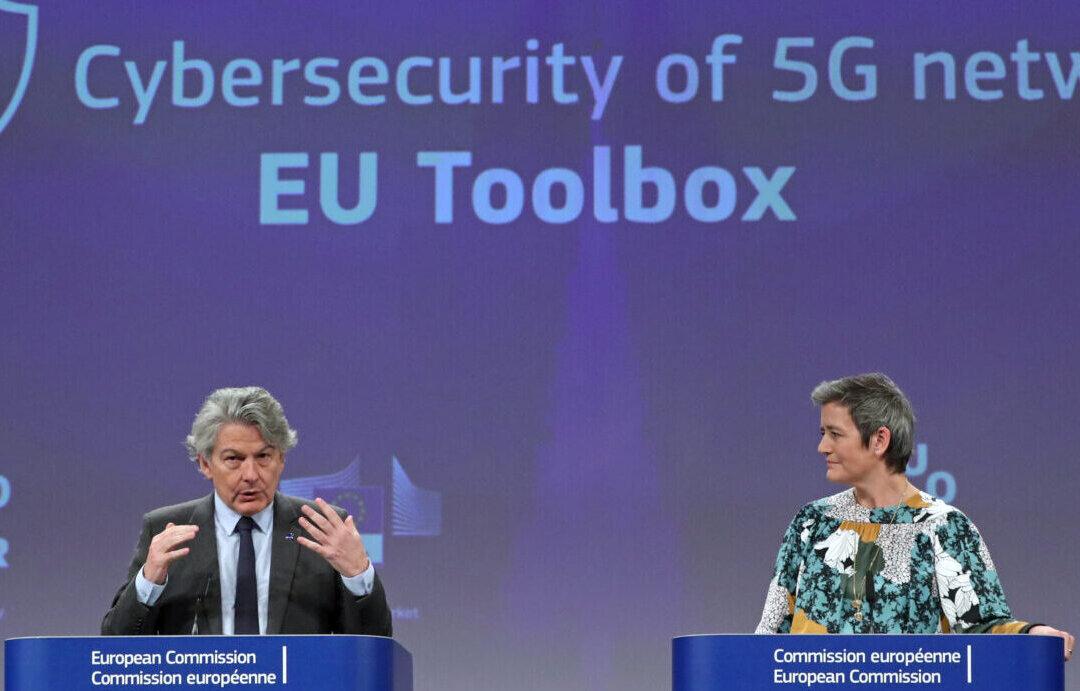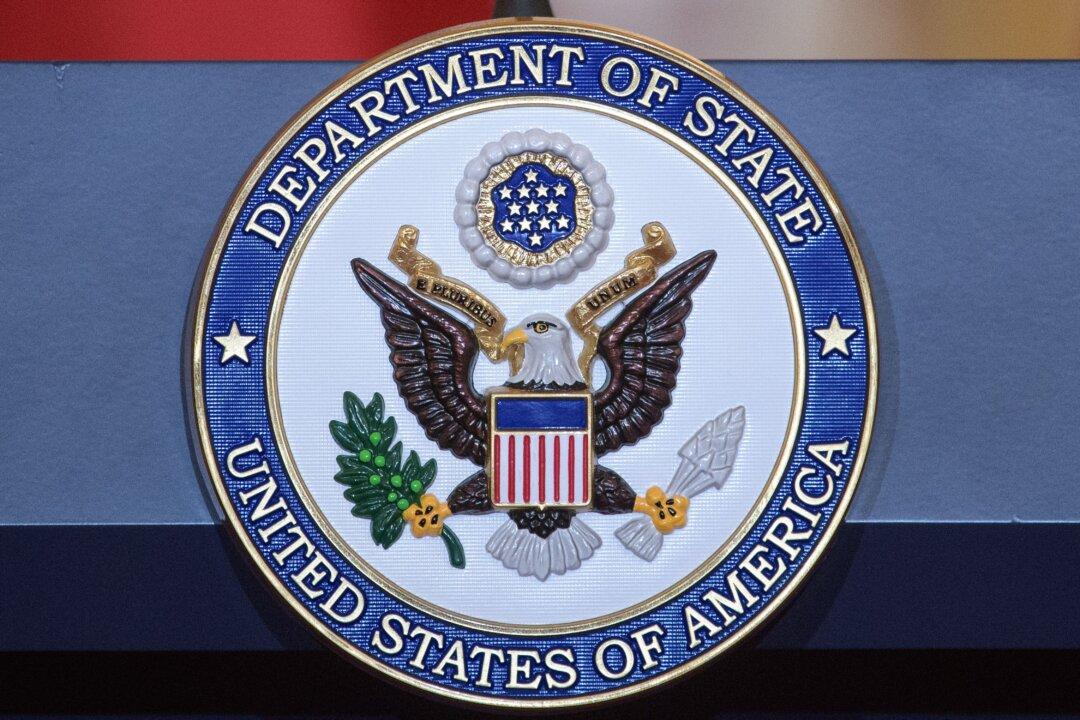The European Union (EU) is allowing its members to decide what role China’s Huawei Technologies can play in their 5G telecommunications networks, amid a push by the United States for an outright ban.
The European Commission, the executive arm of the EU, endorsed a “joint toolbox of mitigating measures agreed by EU member states to address security risks related to the rollout of 5G,” a Commission’s statement says.





